Sightseeing
Home » Sightseeing
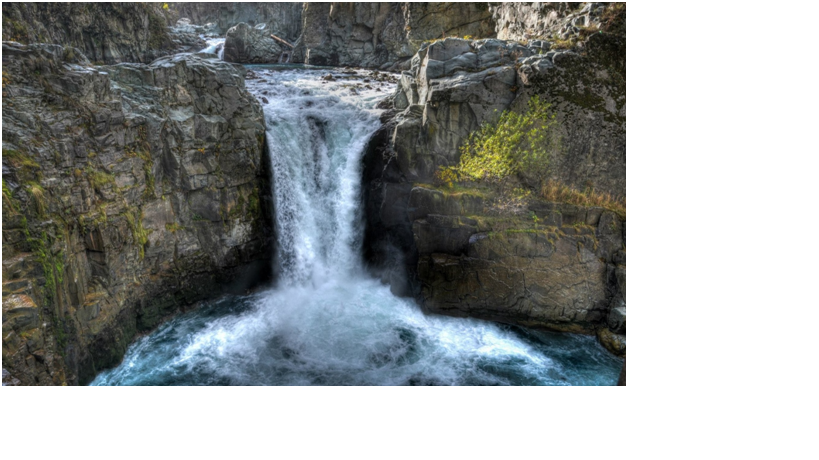
Aharbal is a hill station in the south-western part of Kashmir Valley in the Indian union territory of Jammu and Kashmir, south of the summer capital of Srinagar (Sub district: Damhal Hanjipora, District: Kulgam). Aharbal is known for its waterfall, Aharbal Falls, where the Veshu falls noisily 25 metres and 7 metres through a narrow gorge of granite boulders. Aharbal Falls are also referred to as the Niagara Falls of Kashmir, owing to the volume of the water that falls. Aharbal is a base for adventure tourism. The Veshu River is stocked with trout.
Aharbal lies in the Kulgam district of Jammu and Kashmir. It is located on the Veshu River, a tributary of the Jehlum River, in analpine valley covered in pine and fir trees within the Pir Panjal Mountains, 18 km south of the town of Shopian and 28 km west of Kulgam. It lies at an altitude of 2266 meters above sea level.
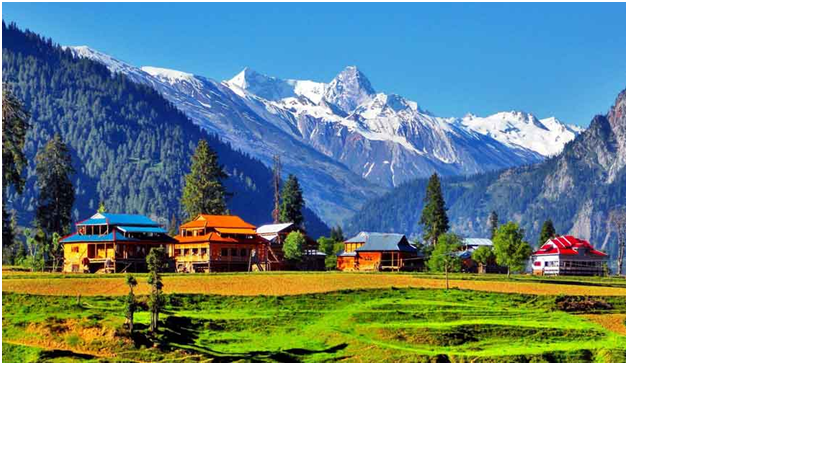
Bangus Valley – Kupwara:- One of the relatively unknown areas of Kashmir with vast tourism potential is the valley of Bangus. Lying within the Trans-Himalayan area Bangus is a unique ecological combination comprising a mountain biome, which includes grassland biome with flora at lower altitudes; and Taiga or Coniferous forest. The valley which lies at an altitude of around 10,000 ft. above sea level is in the northern part of district Kupwara within the Handwara sub District. Occupying an estimated area of 300 sq.kms (20x15km) the principal valley locally known as Bodh Bangus (Big Bangus) consists of a linear elliptical bowl aligned along the east-west axis. The valley is surrounded by Rajwar and Mawar in the east, Shamasbury and Dajlungun Mountains in the west and Chowkibal and Karnah Guli in the north.
The Bangus stream, which is one of the headwaters of the Kamilriver, originates here. The Qazinag spring is said to be the source of the various springs and streams in Bungus. The Dodkol has sweet and cold water. It emerges from the Dudi hill and merges with the TilwanKol at the BaddiBehek meadow. RoshanKol, Satkol Nag, and its seven streams, are some other streams and lakes of the valley.

Hari Parbat Srinagar:- It also called Koh-i-Maran[1][2] ([koːhi maːraːn]), is a hill overlooking Srinagar, the largest city and the capital of the Jammu and Kashmir state, India. It is the site of a fort, built by the Durrani Empire. The first fortifications on the site were constructed by the Mughal emperor Akbar in 1590 who built an outer wall for the fort as part of his plans for a new capital at the site of modern-day Srinagar city in Kashmir. The fort can be reached via two sides of the city, (a) via Rainawari through Kathi Darwaza Gate and (b) via Hawal through the Sangin Darwaza Gate. The fort was closed for almost 2 decades and thrown open to the public in 2007.
Hari Parbat is considered sacred by the Kashmiri Pandits.[4] According to a legend, the area of Hari Parbat was occupied by Asura Jalobhava. The local Hindus prayed to Parvati (Shiva’s consort) for help. She took the form of a bird and dropped a pebble on the Asura’s head, which grew larger and larger until it crushed the demon. Hari Parbat is revered as that pebble.
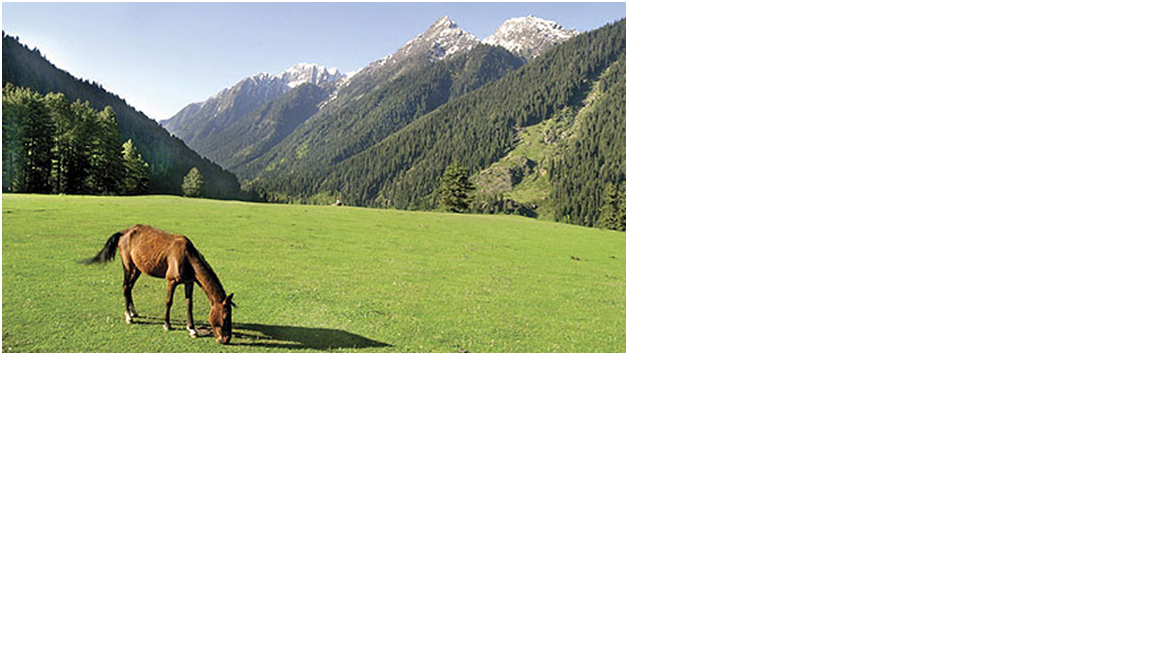
Doodhpathri famously knows a valley of milk, is a beautiful meadow with emerald grass that looks like a green carpet. A beautiful river dancing and reverberating with the wind flows in the middle of the meadow, lending it a splendid charm and vibrancy. It is said that the famous saint of Kashmir Sheikh ul Aalam Sheikh Noor din Noorani has prayed here and once when he was in search of water in the meadows, to offer prayers, he pricked the ground with his stick to search for water and milk came out. He asked the milk that you can only be used for drinking and not performing ablution. Hearing this milk at once changed its state to water and the meadow got its name Doodpathri.
The place looks very beautiful and pleasant. The green grass under the feet is really wonderful. Doodhpathri however is a recent inclusion in the Jammu Kashmir tourist map.
The Distance from main city Srinagar to Doodhpathri is 45 kms.
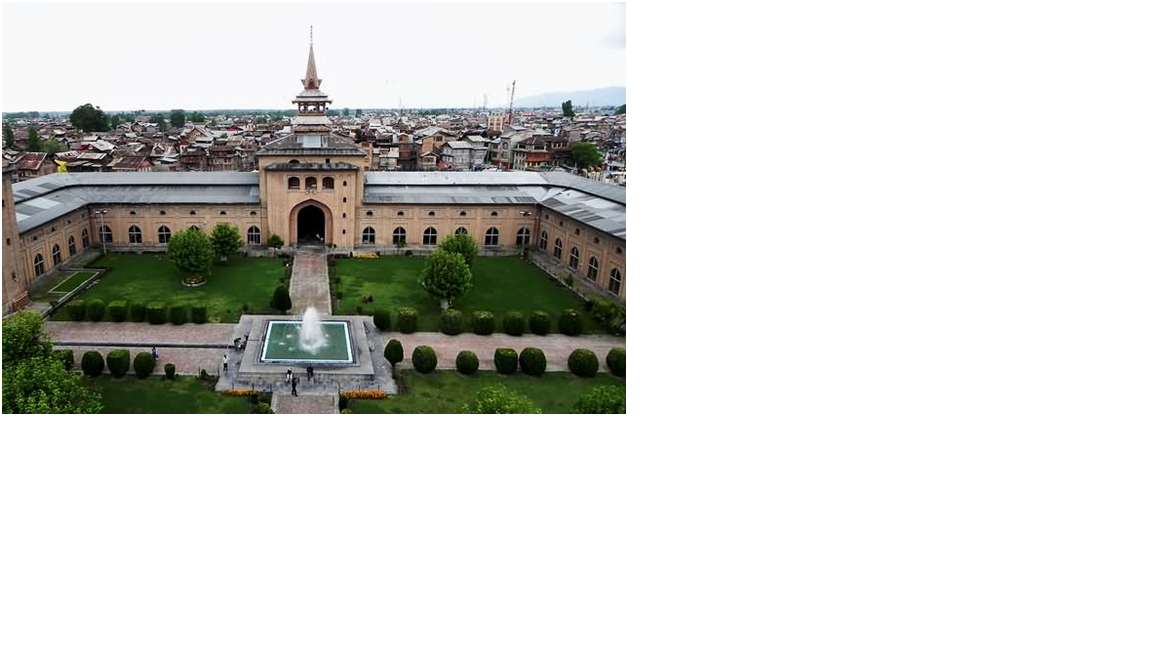
• Jamia Masjid :- Built in 1400 A.D. by Sultan Sikandar
• Believed to be a sacred shrine for Muslims
• Construction is based on Indo-Saracenic architecture
Jamia Masjid in Jammu and Kashmir is a place where a number of Muslims within the country and across the globe visit often and offer prayers. They generally recite holy quotes from Islamic scripts/Quran at Jamia Masjid Mosque. Muslims believe that by offering prayers in this scared mosque, their sins are forgiven. From the reign of Sultan Sikandar to this age, cultural importance of this place is maintained and taken forward in order to showcase the significance of this beautiful shrine.
Zain-ul-Abidin, the son of Sultan Sikandar later felt the need to extend this mosque to more people and he made way for a whooping number of 33,333 Muslim members to offer prayers. This mosque has existed since 1400 A.D. and it remains as glorified as till today.

Magnetic Hill in Leh: A Zero Gravity Place of India:-
Magnetic Hill in India would be the right choice for your next adventure. This place is especially recommended for those who are planning a trip to Leh Ladakh.
So, what’s so special about this place? Well, the Magnetic Hill in Leh is famous for its gravity-defying occurrence. As a natural phenomenon, gravity attracts things towards the earth, which means they fall downwards when let free.
Magnetic Hill lies somewhere along the Leh-Kargil-Srinagar National Highway in the Trans-Himalayan region at an altitude of 14,000 feet. Sindhu river flows to the east of the hill, making it a scenic location to capture photographs. All Leh Ladakh travellers would agree that Magnetic Hill is one of the best places to visit in Leh Ladakh.
The distance from Leh to Magnetic Hill is around 30 km and it is marked by a yellow signboard that reads “The Phenomenon That Defies Gravity”. There is a white marked box on the road to park your vehicle inside it. When parked in neutral at the indicated spot, vehicles begin moving forward at a speed of almost 20 km/h. The road along which the vehicles move is known as Magnetic Road.
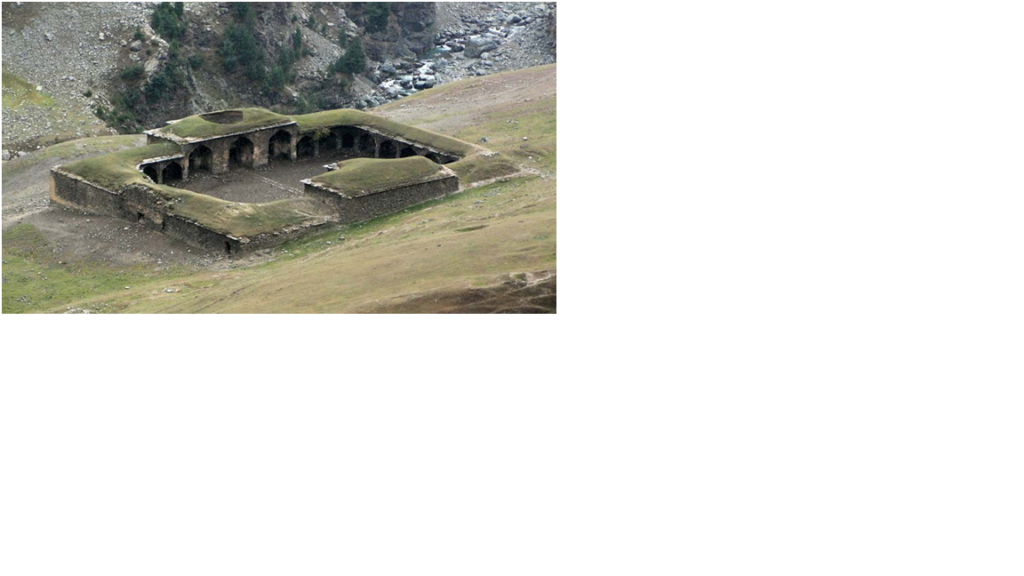
Pir ki Gali:-
The Pir Panjal Pass, also called Peer Ki Gali (or Peer Gali), is a mountain pass and a tourist destination, located in the Pir Panjal Range in Jammu and Kashmir. It connects the Kashmir Valley to the Rajouri and Poonch districts via the ‘Mughal Road’. It is the highest point on the Mughal road at 3,490 m (11,450 ft) and lies to the south west of the Kashmir valley.
Historian Mohibbul Hasan states that the Pir Panjal Pass was one of the main passes into the Kashmir Valley and exercised a great influence on its history. After conquering the Kashmir Valley, the emperor Akbar strengthened the route into an ‘Imperial Road’ stretching from Lahore to Kashmir. In modern times, the route has been referred to as the ‘Mughal Road’.
The Sikh emperor, Maharaja Ranjit Singh, launched an invasion of the Durrani-controlled Kashmir Valley in 1814, partly via the Pir Panjal Pass.

Yusmarg in Kashmiri means The Meadow of Jesus. It is said to have been visited by Jesus.
Considered by some as the best place in Jammu and Kashmir, mostly because of its undisturbed landscape, a less frequented but extremely beautiful hill station, Yusmarg is now connected by a very good motorable road. With the government working on its roads and connectivity, Yusmarg too, will soon become a tourist hub. At the moment, for those who enjoy trekking long distances and in the remotest of area, Yusmarg has forests with maple trees in them.
At a distance of 47 kms from Srinagar, it can also be called Switzerland or at least something close to it. It’s the quietest place out of all tourist destinations in Kashmir and is also an amazing trek spot. A place where you can just sit for hours in peace, and walk around on the lush green meadows. The scenic beauty, peace, and tranquility of the place are absolutely stunning and it deserves to be on the list of everyone wanting to visit offbeat and lesser-known destinations.




